Door handles might seem like mundane objects we use daily without much thought. Yet, in certain places around the world, these functional necessities transform into extraordinary artistic expressions that capture cultural heritage, local identity, and creative vision.
They become conversation pieces that welcome visitors with a touch of unexpected beauty. Here is a list of 14 towns where door handles have been elevated from simple utilitarian objects to magnificent works of art that deserve appreciation.
Barcelona

Antoni Gaudí’s influence on Barcelona extends beyond his famous architectural masterpieces to the smallest details, including remarkable door handles. Throughout the city, particularly in the Eixample district, you’ll find bronze and wrought iron handles shaped like natural forms—seashells, leaves, and abstract organic shapes.
These tactile treasures offer a hands-on experience with Catalan Modernisme that connects visitors directly to the city’s artistic legacy.
Jaipur

The Pink City showcases intricate brass and silver door handles that tell stories from Hindu mythology and royal heritage. Many buildings in the old city feature elephant-shaped handles with trunks that curve downward for good fortune.
These pieces require months of meticulous craftsmanship using techniques passed down through generations, making each one a miniature testament to Rajasthan’s artistic traditions.
Prague

Medieval craftsmanship lives on in Prague’s door handles, particularly in the Lesser Town and Old Town districts. Iron handles shaped like mythical creatures, including dragons and griffins, adorn buildings dating back to the 14th century.
Czech metalsmiths created these pieces not just as functional items but as protective symbols meant to ward off negative spirits from entering homes and businesses.
Like Travel Pug’s content? Follow us on MSN
Florence
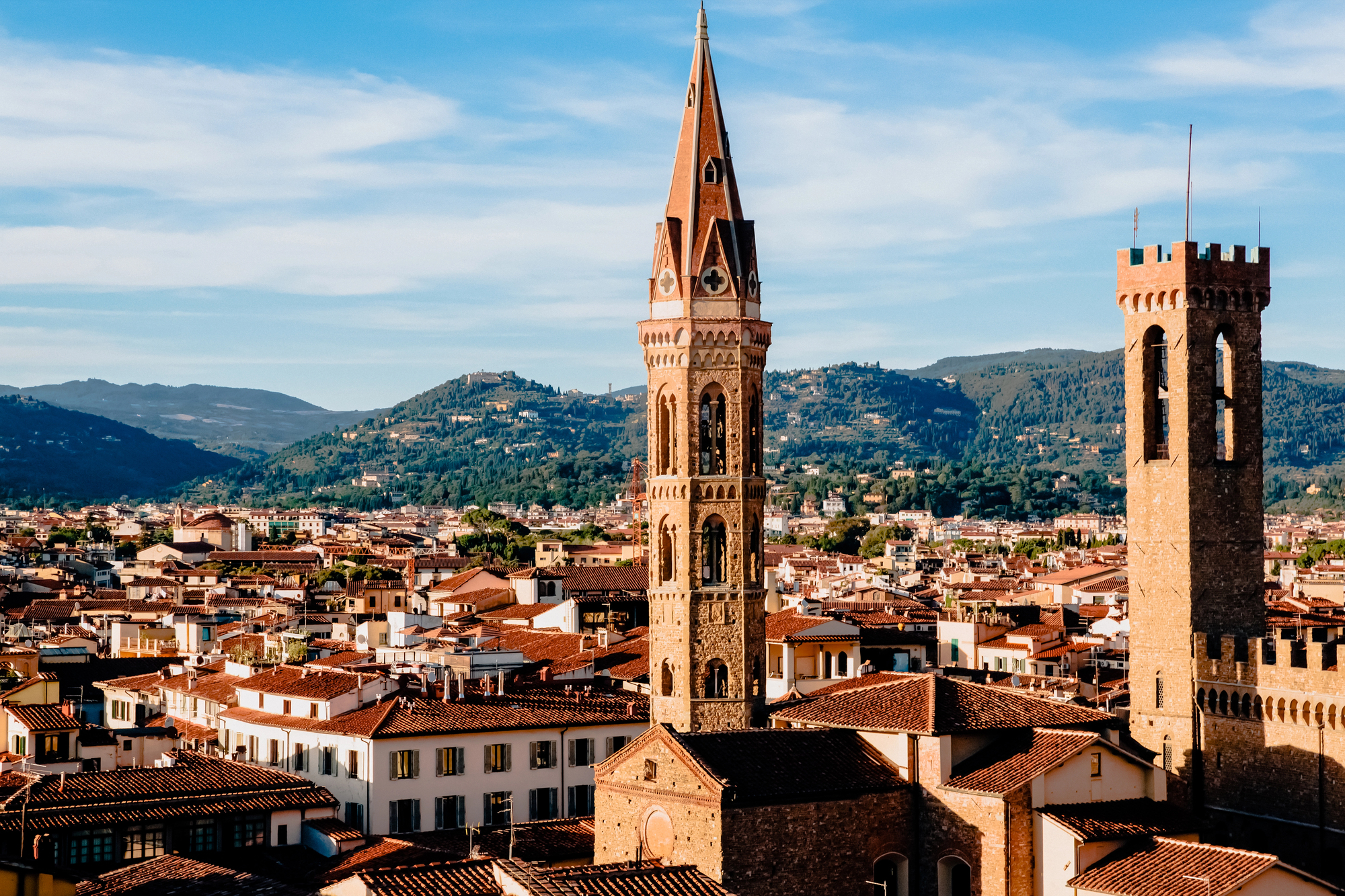
Renaissance artistry extends to Florence’s door hardware, where bronze and brass handles feature classical motifs and family crests. The San Niccolò neighborhood houses some of the finest examples, with handles depicting laurel wreaths, mythological figures, and geometric patterns inspired by ancient Roman designs.
These small bronze masterpieces carry the same attention to detail and proportion that made Italian Renaissance art revolutionary.
Charleston

This South Carolina town preserves ornate brass door handles from the 18th and 19th centuries that showcase American craftsmanship. The historic district features handles with palmetto tree motifs, classical columns, and maritime themes that reflect the city’s coastal heritage.
Many of these pieces survived the Civil War and continue to grace historic homes, connecting present-day visitors to America’s complex past.
Marrakech
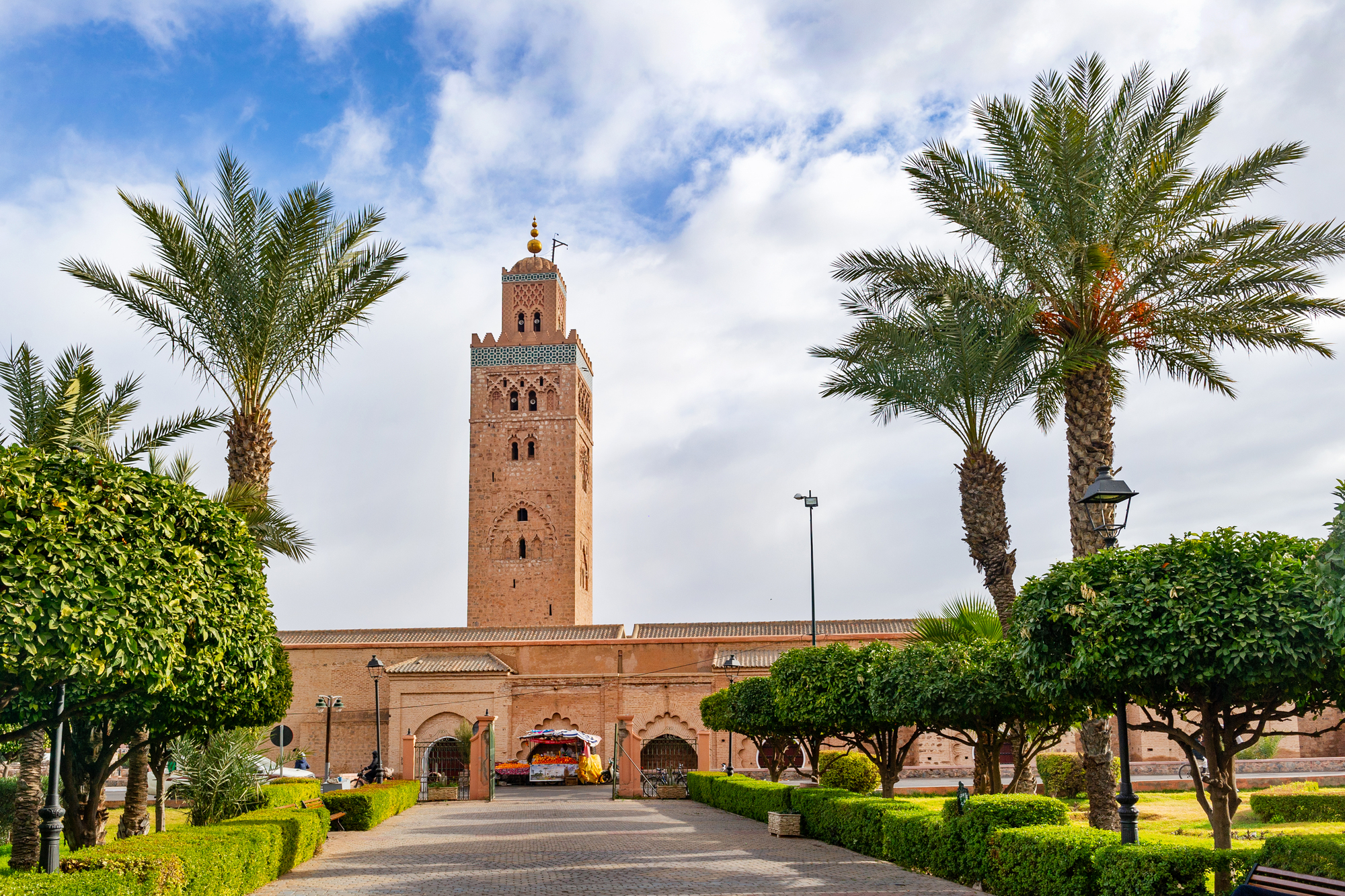
The ancient medina features hand-hammered brass door handles that complement the city’s famous doorways. Geometric patterns and Arabic calligraphy transform these utilitarian objects into miniature versions of Islamic art.
Local artisans in the metalworking souq still produce these pieces using traditional techniques, striking hot metal for hours to achieve the perfect form and finish.
Like Travel Pug’s content? Follow us on MSN
Riga
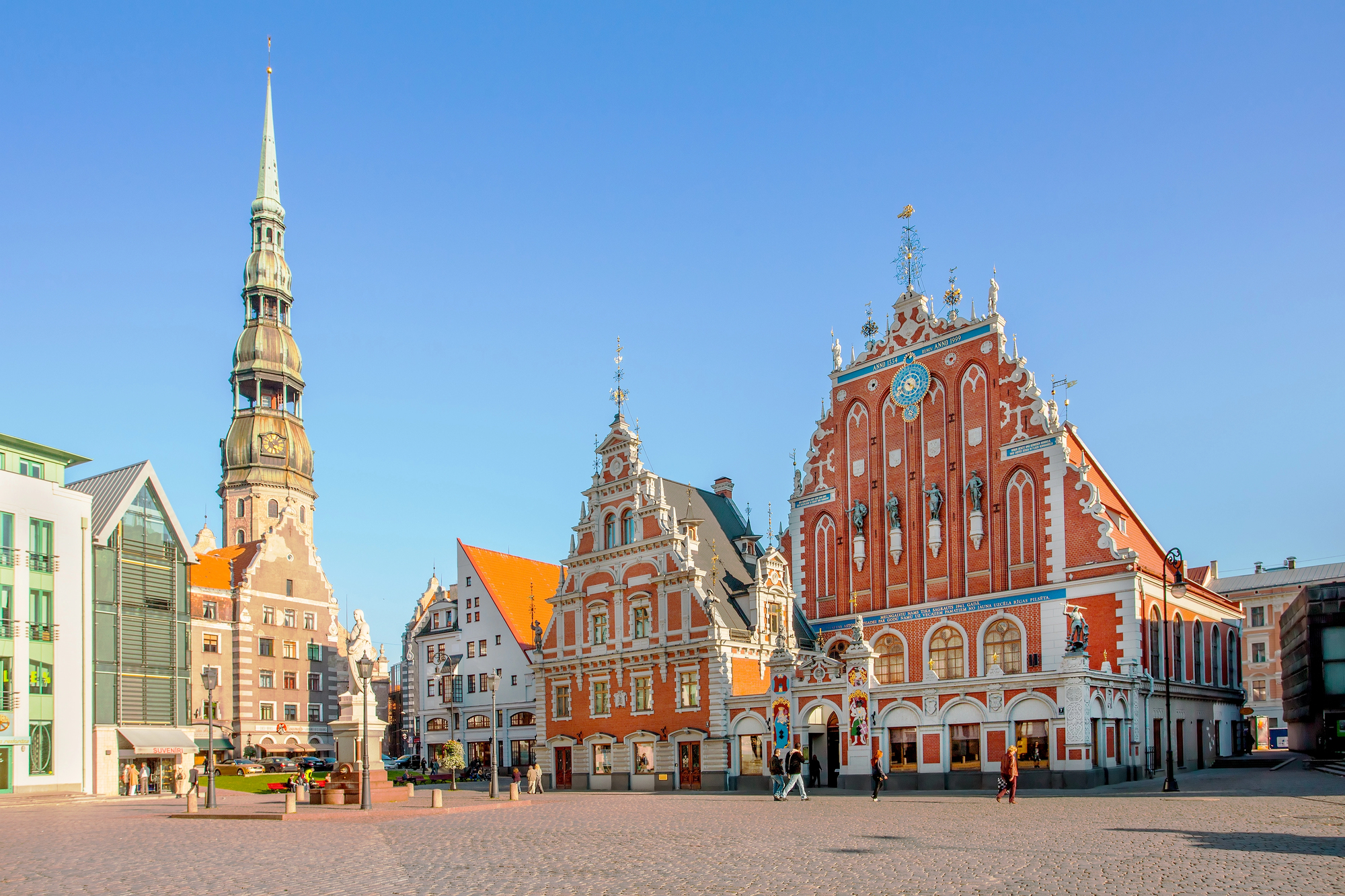
Art Nouveau flourishes in the Latvian capital extend to its remarkable door hardware. The Alberta Street district displays bronze handles shaped like female figures with flowing hair, woodland creatures, and sinuous plants that seem to grow from the doors themselves.
These small sculptures embody the same organic, nature-inspired aesthetic that makes Riga’s architecture a UNESCO World Heritage treasure.
Kyoto

Traditional Japanese aesthetics guide the creation of minimalist yet profound door handles throughout Kyoto’s historic districts. In machiya townhouses, you’ll find iron handles with patinas developed over centuries, many shaped like simple rings or geometric forms that achieve beauty through perfect proportions.
The weathered finishes tell stories of countless hands that have touched them through changing seasons and eras.
Budapest

Hungary’s capital showcases ornate Art Nouveau and Neo-Renaissance door hardware that survived both World Wars. The Jewish Quarter features brass handles depicting Hungarian folk motifs and natural elements that speak to the nation’s rural traditions.
These small works of art provide glimpses into the city’s golden age of architecture when no detail was too small for artistic consideration.
Like Travel Pug’s content? Follow us on MSN
Fez
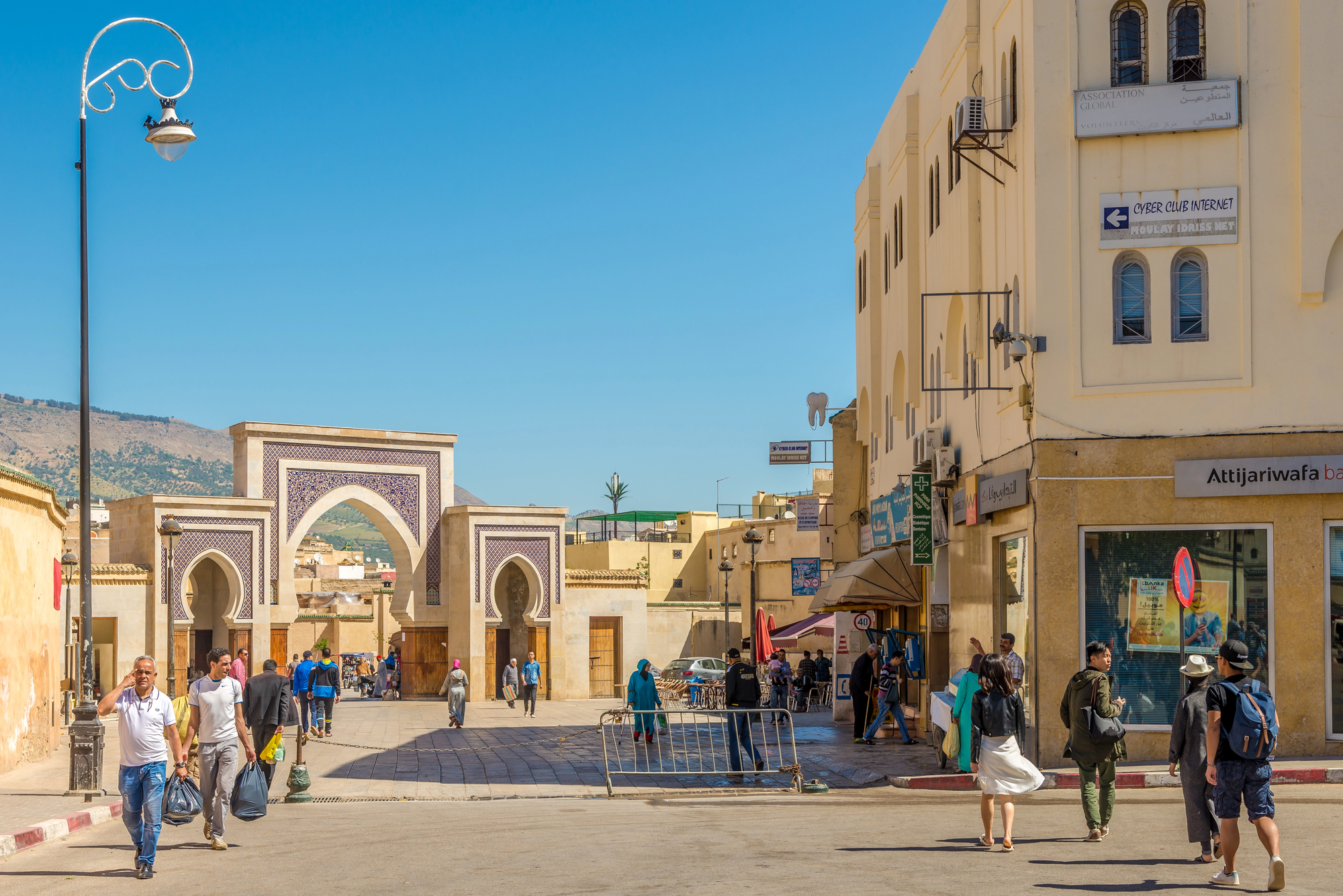
Morocco’s oldest imperial city features door handles that blend Andalusian, Berber, and Arabic influences into distinctive works of art. The ancient medina contains copper and brass examples shaped like the Hand of Fatima for protection or intricate geometric patterns that represent infinity and divine order.
These pieces serve as miniature examples of the mathematical precision and spiritual symbolism found in Islamic decorative arts.
Valletta

Malta’s capital city preserves door handles that reflect its position at the crossroads of Mediterranean cultures. The city’s limestone buildings feature bronze hardware with maritime motifs—anchors, shells, and ships—alongside the eight-pointed Maltese cross.
These weathered pieces have developed rich patinas from the salty sea air, making each one unique despite sharing common designs and origins.
Antigua

This Guatemalan town showcases colonial-era door handles that blend Spanish and indigenous artistic traditions. Many buildings in the central district feature hand-forged iron pieces shaped like stylized flowers, birds, and religious symbols that speak to the region’s syncretic cultural identity.
Despite centuries of earthquakes, these small artworks remain as testaments to Antigua’s resilience and creative spirit.
Like Travel Pug’s content? Follow us on MSN
Tallinn
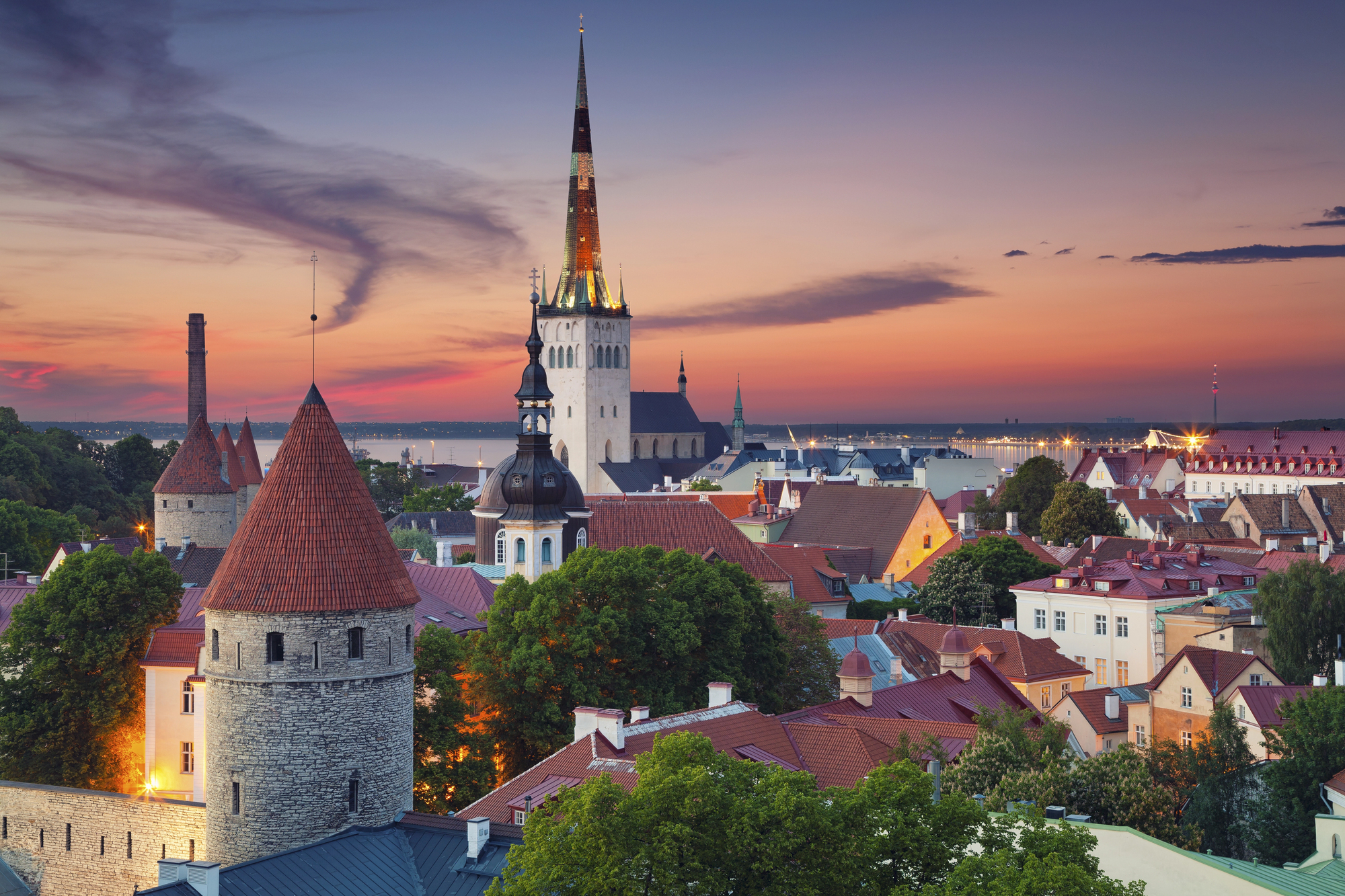
Estonia’s medieval capital preserves ironwork door handles dating back to the Hanseatic League era. The Old Town’s merchant houses feature handles shaped like mythical beasts, acorns, and sailing ships that connected the Baltic city to wider European trade networks.
These pieces were often created as guild projects, with master craftsmen competing to showcase their skills through these small but highly visible works.
Ghent

Belgium’s hidden gem boasts door handles from the Gothic period through Art Deco, creating a museum of metalwork evolution on its streets. The city center features bronze handles with lion heads, heraldic symbols, and abstract forms that trace changing artistic movements through the centuries.
Local copper guilds developed signature techniques that made Ghent’s metalwork instantly recognizable throughout the Low Countries.
The Tactile Timeline
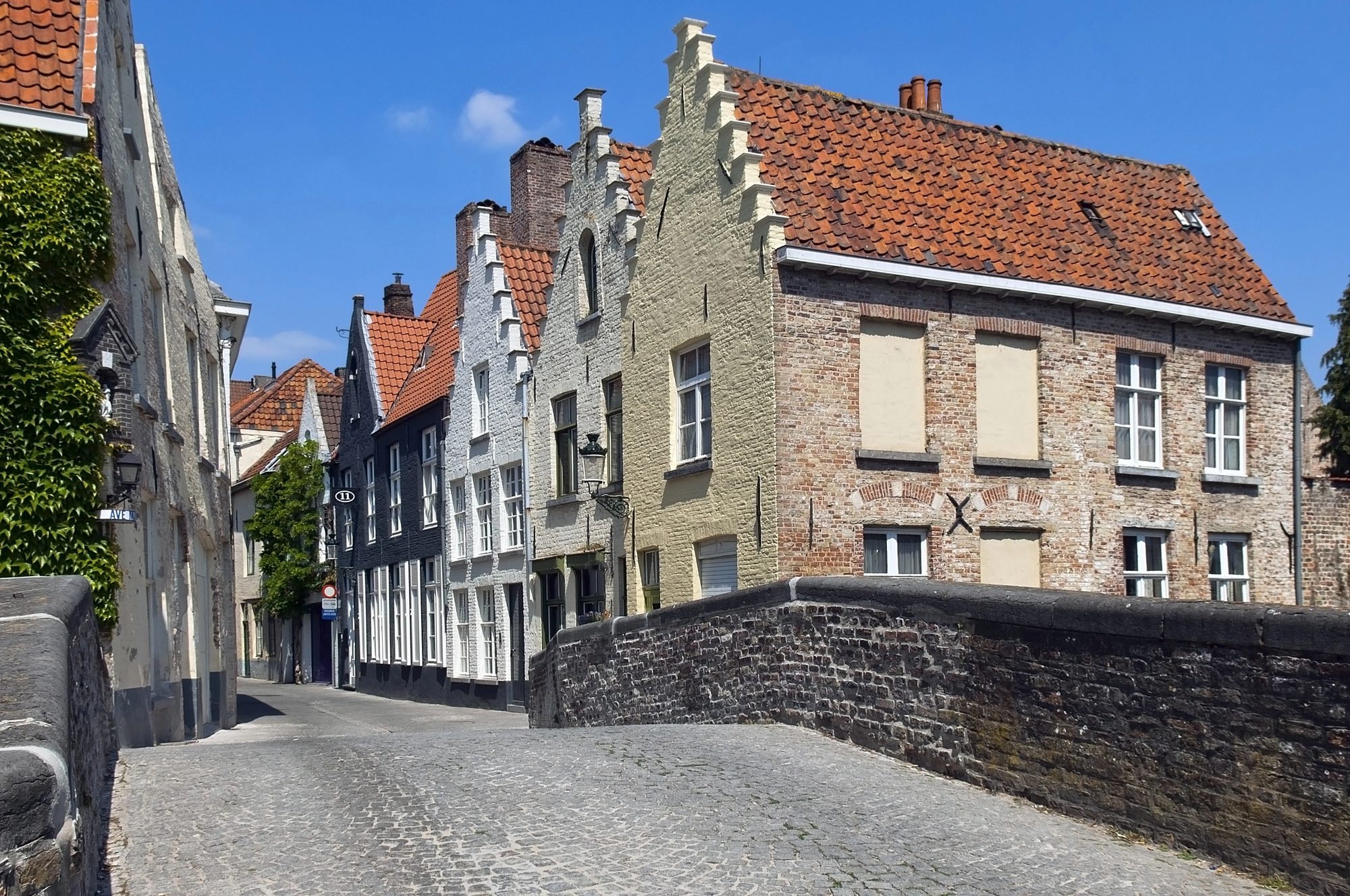
These remarkable door handles do more than open rooms—they open windows into cultural history and artistic expression. From medieval European craftsmanship to Islamic geometric precision, each piece tells stories about the people who created them and the values they held dear.
The next time you grasp a door handle, you might pause to consider this humble object’s potential for extraordinary beauty and meaning.
More from Travel Pug

- Cities Growing so Fast You Won’t Recognize Them in 10 Years
- 13 Destinations Where Tourists Regularly Regret Their Trip
- 20 Obscure WWII Sites Even History Buffs Don’t Know About
- 10 Under-the-Radar Mountain Towns That Are Both Affordable and Beautiful
- Remote Villages in Europe Where You Can Live for Free in Exchange for Work
Like Travel Pug’s content? Follow us on MSN
